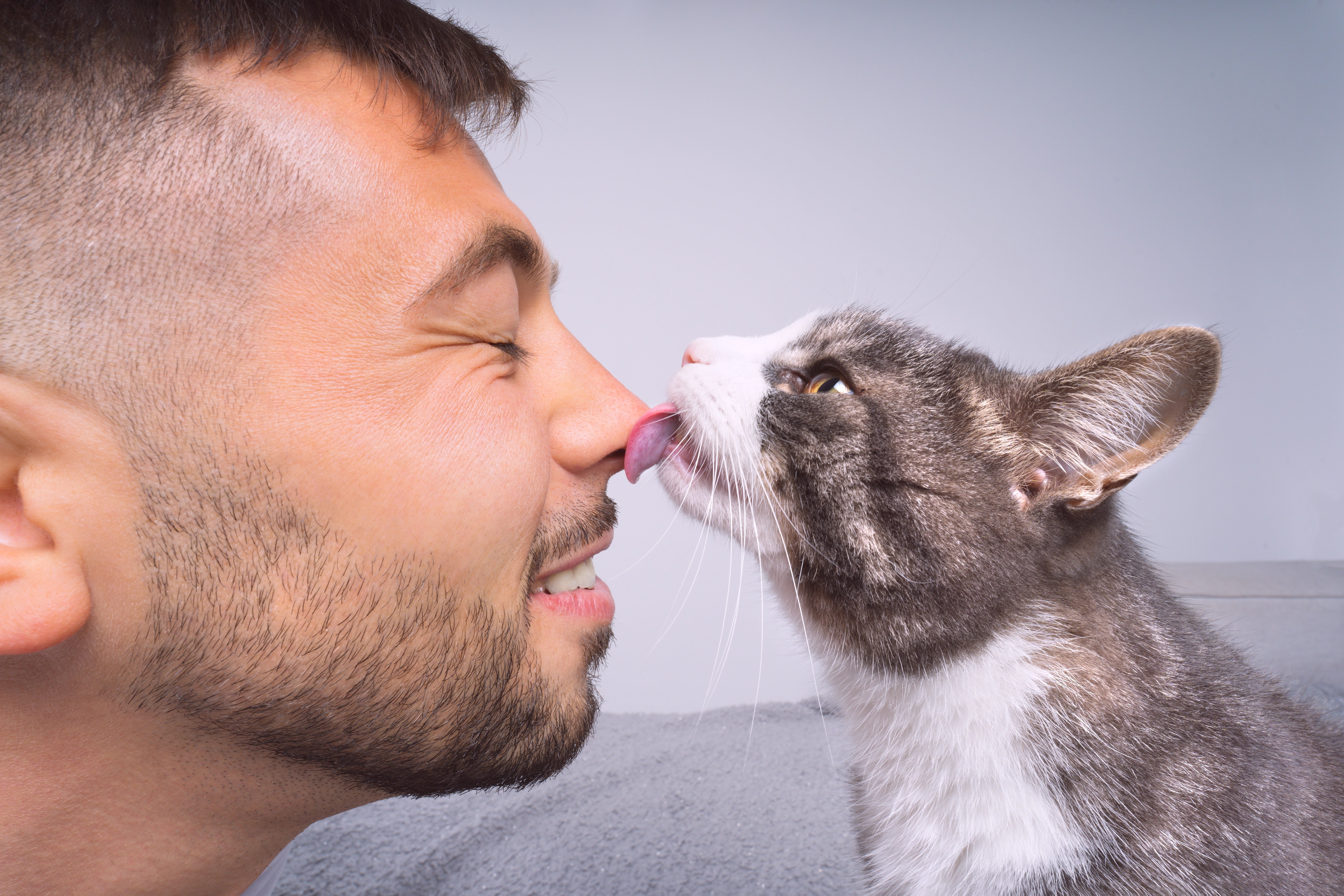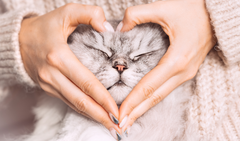The Instinctive Foundation of Cat Licking
Understanding why cats lick often requires interpreting their body language, the silent vocabulary of tail flicks, ear movements, and subtle posturing that reveals much about their mood and intent. For your feline friend—a term that affectionately signifies the deep companionship people share with cats—licking is a natural extension of their nurturing instincts. This behavior in cats arises from their early days with the queen cat, the mother who uses her tongue—an accurate multipurpose tool—to clean, soothe, and bond with her kittens. As compulsive behavior and grooming transition into adulthood, these seemingly simple licks encompass a wide variety of reasons: affection, stress relief, and even the pursuit of salt on their owner's skin. While many regard cats as solitary animals, the licking ritual displays their capacity for affiliative behavior: acts that strengthen social connections, challenge the myth of the stand-offish cat, and cement their status as surprisingly social animals among domesticated animals.
The Social Science of Licking—More Than Just Grooming
When a cat owner receives a sandpapery kiss from their cat, what's communicated is far more complex than most realize. A big part of this grooming behavior is facilitated by the cat's rough tongue, covered in backward-facing papillae, which has evolved to aid in cleaning fur, detangling knots, and spreading natural oils. These traits aren't just about physical maintenance—they're signs of normal cat behavior. Licking is a hallmark of healthy grooming habits and an indispensable aspect of the common behavior shared by wild and domestic felines. For adult cats, especially those who grow up alongside humans, licking their human owners is an effort to replicate the close bonds formed with other cats, often leaving a familiar group scent thanks to scent glands hidden in their cheeks and lips. These glands produce pheromones that calm the cat and mark territory—a subtle, chemical way of saying "you're part of my family."

A Display of Affection, or Something Else?
Licking can be a direct display of affection, how your cat communicates cat affection, emotional security, and a blend of affection learned from the mother-kitten bond. This gentle behavior sometimes turns to a gentle bite—a playful nip or a gentle love bite—often interwoven in a lick-lick-lick bite routine. This progression serves as one of the most endearing signs of affection and mirrors the same behaviors cats direct at their favorite people. Sometimes, however, it may develop into attention-seeking behavior or attention-seeking feline behavior, such as when a cat licks repeatedly to gain petting or a food treat. Owners should give attention to body language during these moments: a relaxed posture, half-closed eyes, and soft purring suggest contentment, whereas tense muscles or sudden bites could indicate overstimulation or Bite Petting-Induced Aggression—a form of aggressive behavior often easily misinterpreted by loving humans.
When Licking Signals Trouble: Medical and Behavioral Concerns
While the vast majority of licking is a form of licking that signals trust or contentment, excessive licking—sometimes called constant licking—may reveal a health issue, medical issue, or underlying health issue. This behavior can be a form of displacement behavior, or as some call it, displacement behaviour, in which stress or anxiety in cats (otherwise termed cat anxiety) is channeled into repetitive acts—licking paws, walls, or even their people. In these cases, the licking acts as a self-soothing mechanism, akin to a child's fidgeting. Cats may also display behavioral issues rooted in stress, changes at home, or boredom; sometimes, a bad habit develops over time. Always consult an animal behaviorist, cat behavior experts, or a veterinarian if licking is accompanied by hair loss, skin redness, or other elimination behavior problems. Such symptoms could signal bigger health risks, including allergies or even transmissible diseases to people.

How to Interpret and Guide Licking Behavior in Cats
Because cats are truly complex creatures, their behavior by cats covers a spectrum from playful to purposeful. Most often, licking aligns with common cat behavior or habitual behavior, reflecting how cats' behavior has evolved for communication, comfort, and cooperation—hallmarks of cat behaviour worldwide. Occasionally, cats use licking for altruistic behavior, genuinely attempting to soothe or care for their furry friend or human companion. However, when licking gets out of hand, practice positive reinforcement: reward calm, gentle conduct with cuddles, treats, or routine play. Recognize juvenile behavior in kittens—licking and biting are normal as they learn social skills, and help them distinguish which type of behavior is allowed. Refrain from rewarding rough contact with a firm love bite, full-on bites, flea bites, or authentic cat bites, which can cross from affectionate to painful.
Understanding lick behavior and identifying what is normal versus a warning sign of a larger issue empowers any pet owner to nurture a healthy, trusting relationship with their cat. Remember, cats don't just lick for food, though a cat for food may also try to manipulate their daily food allowance with cute gestures—some behaviors are simply about belonging, comfort, and health. Thanks to the infinite adaptability of their kitty tongues and their intricate language of signals, cats remain one of the animal kingdom's most fascinating and beloved domesticated animals.
Conclusion
Decoding the meaning behind when a cat licks is a window into the world of feline behavior—a blend of instinct, affection, and sometimes anxiety. By observing a cat's body language, grooming behavior, and daily routines, every pet owner can better meet their cat's needs and foster the deep social connection all cats crave, no matter how independent. Healthy behavior for cats is varied and purposeful; an attentive, informed approach ensures those licks remain part of a cherished, mutually rewarding relationship.




















